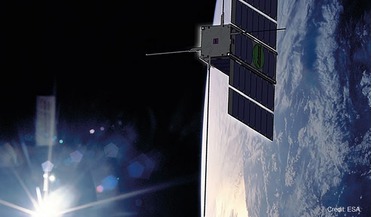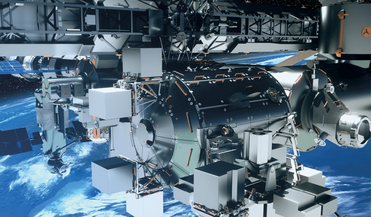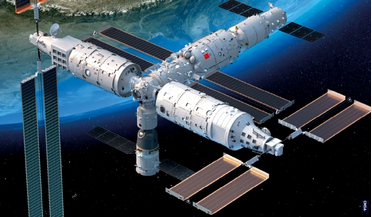 July 2017
Hunting for neutrinos in the ice of Antarctica
July 2017
Hunting for neutrinos in the ice of Antarctica
... therefore allows for larger volumes of ice to act as instruments, with the same number of signal detectors, thus reducing costs. The tricky thing about radio emission, however, is that it is not particularly unique. While it is highly unlikely for...
 June 2015
European lab in the sky: OP-SAT and new potential for ESA spacecraft
June 2015
European lab in the sky: OP-SAT and new potential for ESA spacecraft
..., and packed with powerful miniature electronic hardware and instruments for the experimenters to use (See box). To reduce cost, OPS-SAT will fly as a hightech nanosat, measuring just 10 X 10 X 30 cm in size. The radiation environment of space means...
 September 2017
Engaging the private sector in space exploration
September 2017
Engaging the private sector in space exploration
... instruments. Bartolomeo would attract new commercial users, as companies could piggy-back off existing resources to reduce cost. TELDASAT: A system prototype, designed to demonstrate global satellite-based ‘machine-to-machine’ data services from the...
 October 2024
Virtualisation of the satellite sector
October 2024
Virtualisation of the satellite sector
... the satellite ecosystem: teleports, gateways, operators, service providers and ground system vendors. Ultimately, it will result in reduced costs and complexity and create opportunities to expand markets. The satellite sector has been slow to adopt...
 January 2023
China’s space ambitions fuel defence spending and global innovation
January 2023
China’s space ambitions fuel defence spending and global innovation
... tapping into large future markets. It has sold low-cost commercial satellites to several countries and offered others money, ...and non-Keplerian tracking algorithms. Space Launch/Access: reduce cost and cycle time and launch on demand, high performance...
 01 September 2016
New software uses satellite data to monitor wildlife habitats by airports
01 September 2016
New software uses satellite data to monitor wildlife habitats by airports
..., making it easier to use than existing systems. It has been tested in a number of Danish airports and has led to reduced costs while complying with the legal requirement of monitoring a 13km radius. “Using Earth observation data is more efficient...